It's PAX week! Always fun for whoever's going, less fun for anyone left behind who has to moderate the all-day streams in the Giant Bomb chat and watch Smite commercials until their eyes bleed. Still, there's a few panels to look forward to, between the GB panel (of which I'm glad PAX is finally bothering to stream this year) Pat Baer's 404in It internet video goofiness and the out-of-control PAX wrestling brouhaha on Sunday. Marino's excellent PAX guide gives you all the deets you need on that whole event. Be sure to say hi if you see Marino or ThatPinguino or any of the other Giant Bomb mods at the expo! We're not all sophisticated moderation bots created by CBSi engineers for malevolent purposes! But seriously, it's goinMento.mod has encountered a problem and needs to close. We are sorry for the inconvenience.
New Games!
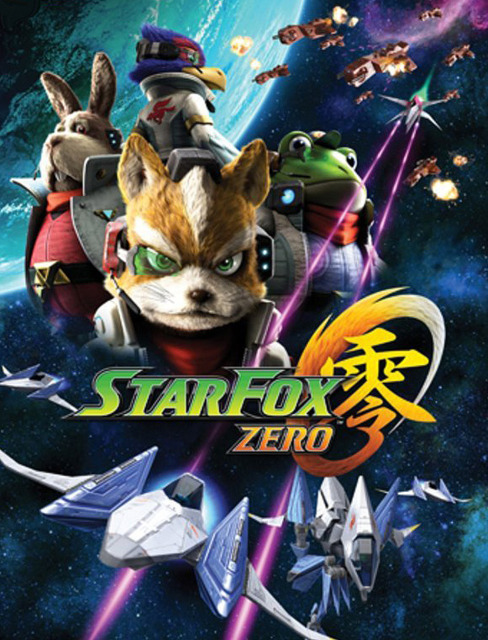
The big release for this week is Star Fox Zero on Friday, though I'm still in two minds about it. A few years back I rented the 3DS enhanced version of Star Fox 64 and got tired of it after two runs. It wasn't that the game had gotten any worse in the time since I last played it on the N64, but rather the result of that old adage about familiarity breeding contempt. I'd played these stages many times before, and the allure of repeating them over and over for higher scores no longer appealed as they once did. (I did remember the route I used as a kid, to my credit - it's Corneria, Meteo, Katina, Sector X, Titania, Macbeth, Area 6, Venom, if you want to try it at home. Remember to use the secret warp on the Meteo stage, which earns you a huge amount.) Looking at screenshots for Zero, it has a very familiar-looking Corneria with perhaps more instances of being on foot or having weird Wii U GamePad mini-games to deal with - the sort of additions that didn't do Star Fox Assault any favors. Still, I enjoyed Star Fox Command immensely in spite the stick it gets, so I'll keep a side-eye on the proceedings once reviews and QLs and the like start popping up.
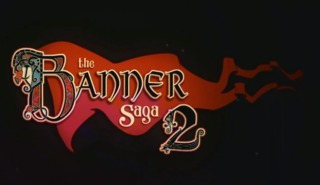
This week also brings with it gray clouds and misery, because The Banner Saga 2 lands on Steam this Tuesday with a wet thud, like the severed head of your favorite secondary character as it falls on the earth. Has it been too long since a game last bummed you out? Was that game The Banner Saga, perchance? Well, strap yourselves in for more difficult decisions and stellar strategy RPGin' with Sad Viking March 2: We're All Going to Die Anyway, Might As Well Lie Down For a Bit.
Meanwhile, Sony platforms are getting a whole bunch of cool ports with Invisible, Inc. and Shantae and the Pirate's Curse for PS4 and Axiom Verge for PS Vita. Anime fans get the next Nep-Nep consoles-as-animes thing with Hyperdevotion Noire: Goddess Black Heart, the 3DS SRPG Langrisser Re:Incarnation Tensei and the fighting game Melty Blood: Actress Again: Current Code: How Many Colons Do We Need: At Least One More: Renovations.
Oh yeah, and there's that Star Fox Guard tower defense game they're releasing along with Zero that stars Slippy's creepy uncle. Tower defense with two Slippys? No thank you.
Wiki!
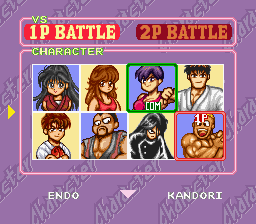
First off, if you haven't seen the Wiki Project Super '95 Q1 collage, it can be seen over here. I wasn't sure how to continue those quarterly updates given that I pontificate on my weekly wiki workload in this section of the Sunday Summaries so much already, so I just put together a big ol' mosaic of title screens. I just determined that it looked rad partway through its creation, so that was all the motivation I needed to finish the image and upload it. What is this life if not the persistent desire to live from creating one instance of rad shit to the next?
Meanwhile, I've made good progress in April '95. The month is one of the leanest at the (relatively) compact 27 releases, sixteen of which I managed to cover this week. Of those, five are brand new pages - go read more about them at the usual place, if you'd like - and the other eleven contain the following:
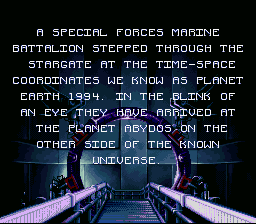
The Stargate movie license game, which is oddly enough not the first time I'll be mentioning Stargate today. In fact, it came up on this week's UPF as well, didn't it? Huh. Stargate's an odd case in that Probe Entertainment made two completely different games based on the license: a side-scrolling shooter game for SNES and Genesis that sorta resembles Super Star Wars or that Jurassic Park 2: The Chaos Continues game that wasn't based on any movie, and a puzzle game for portables that's like a block-stacking Columns type of game in a Tempest-style 3D cylinder. There's also The Ren & Stimpy Show: Buckaroo$!, another terrible Nickelodeon licensed platformer from THQ that took its sweet time to get ported over from the NES, where it was first released in 1993.
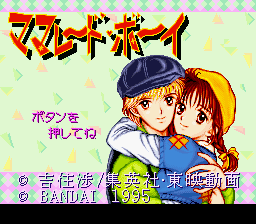
On the Japanese side, we have isometric turn-based RPG Lady Stalker, the spiritual sequel to the Genesis's isometric action-RPG LandStalker. Zen-Nippon Pro Wrestling 2: 3-4 Budokan, the fourth and final wrestling game from Natsume/Masaya based on the All Japan Pro Wrestling circuit. The anime license market was strong this month, with parody RPG Mahoujin GuruGuru, a dating sim visual novel with the unfortunate name of Marmalade Boy and the one-on-one karateka fighter Natsuki Crisis Battle. To round out, we also saw a weird strategy/sports hybrid with Tactical Soccer, Shin Seikoku: La Wares which is based on a Japanese pen and paper RPG that combines mechas with fantasy, another RPG spin-off Rejoice: Aretha Oukoku no Kanata which does the reverse of Lady Stalker and turns a turn-based RPG into an action RPG, and Miyaji Shachou no Pachinko Fan: Shouri Sengen 2 which... well, it's more pachinko. Glory be.
The Witcher 3: The Wild Hunt!
You might be glad to know, or perhaps not, that I'm finally close to the end of The Witcher 3: The Wild Hunt, CD Projekt Red's epic (in every sense of the word) conclusion to their trilogy of games based on Andrzej Sapkowski's gruff but lovable monster hunter Geralt of Rivia, the eponymous Witcher. I mean, I say they're concluding it, but it recently became known that the second DLC campaign for the game will emerge sometime in June. As trilogy enders go, it's starting to resemble Lord of the Rings: Return of the King with the amount of extra conclusions it has. If I ever play either of those DLC, it'll probably be many months from now.
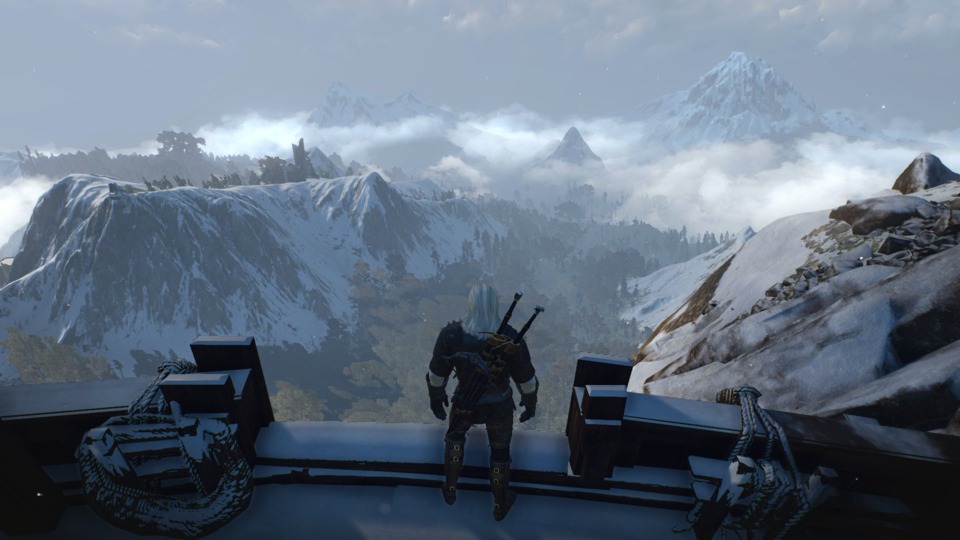
Which isn't to say that I'm sick of the game yet, even as we get close to a month's anniversary after starting it. I am getting a little tired, however, of trying to come up with new observations I could make here that doesn't involve spoiling huge tracts of the game by discussing its storytelling and narrative devices, or the details of its more appealing side-missions and Witcher contract hunts. What I've cooked up this week instead is some of my favorite incidental lore about the inner workings of the unnamed (far as I know) world that the Witcher inhabits, as gleaned from the game's codex and various in-game book items, which may well in turn have come from Sapkowski's novels or otherwise involved his input.
For a minor digression before we start on the list, I'm actually a little sad that they don't let you save books the same way something like Skyrim would do, with a bookshelf in your headquarters that you can fill with whatever hardbacks piqued your interest. You have one of those stashes that can be accessed in multiple places across the world, but the space is limited and for some reason books aren't one of the allowed inventory categories for storage. The books in The Witcher 3 are the standard mix of non-fiction that discusses certain elements of the world, including its geography, its history, the biology of certain creatures and many other facts that the scientifically-inclined scholars of the world have ascertained - usually mages, who can take a few shortcuts to reach a modern scientific understanding of their universe despite being stuck in a quasi-medieval setting. There's a little less of the fiction, alas, though it's not like I expected them to transfer Sapkowski's short stories on the Witcher into the game whole cloth (though that would've been amazing). Regular books, which is to say the ones that aren't ever related to a quest or simply a notice for a Witcher contract, tend to weigh a quarter of a pound each, which can add up if you're not regularly selling them off whenever you have the opportunity. The game does do you a service by telling you which ones you've read though, and making the icon transparent is an elegant indicator for those poring over their inventory screens for materials they can safely sell.
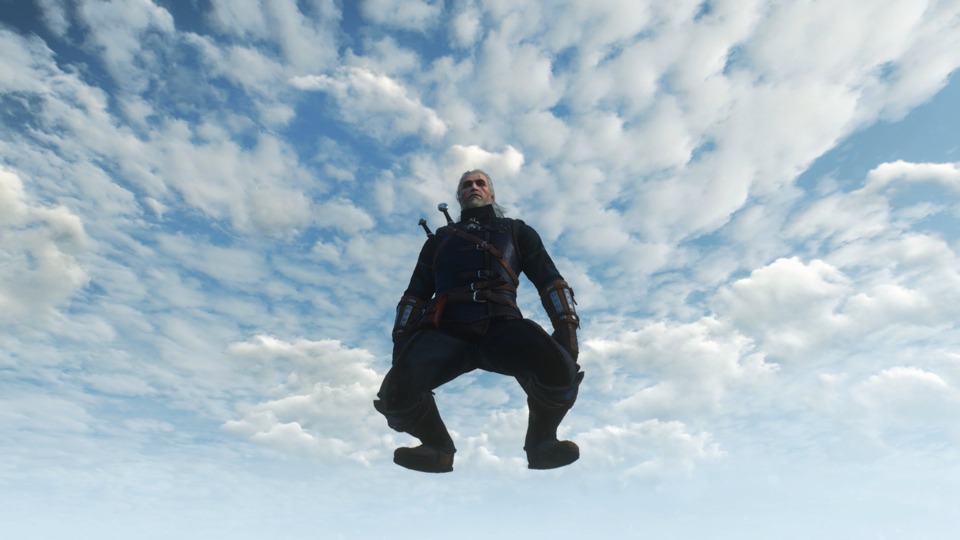
The White Frost plays a pivotal if enigmatic role in the game's story as a potential end of the world scenario should Geralt and co. fail to stop it from happening, but the true nature of this phenomenon goes unexplained unless you find a book on the subject. The White Frost is prophesied to appear and utterly freeze the entire world solid, effectively spelling its end in a means more final than a simple ice age. On an astronomical level, the White Frost is a possibly sentient cloud of matter that wanders the cosmos, going from planet to planet like a more proactive manifestation of entropy, which will itself eventually render our universe a frozen and barren place given enough time. The White Frost appears to be the kind of random space phenomenon that the USS Enterprise would regularly bump into and spend an entire episode trying to figure out, sorta like the Crystalline Entity. It's a fascinating idea, and I really like fantasy fiction that doesn't ignore the idea that space and planets still exist and work the same way and aren't any less bizarre when there's a whole lot of wild and unpredictable magic out there too.
On the other hand, it's not entirely clear how deep space works in the Witcher universe. There's frequently talk of how many monsters were the result of a "Conjunction" of worlds: like a brief inter-dimensional overlapping of two different planets which ended up exchanging some unknown amount of matter back and forth. The game's kind of split on whether this other world dumped a whole bunch of untamed wild magic onto the world of the Witcher during the Conjunction, which in turn spawned magical creatures like monsters and other fantastical entities and the tamed magic that the mages and witches of the world now use, or if it was the monsters themselves that were deposited here, in which case it's possible that humans and the other races were at one point deposited on the world of the Witcher too, making them non-native aliens that were bounced there from possibly our world many millennia ago. It's a really neat concept for a fantasy world populated by humans that only barely resembles our own Earth; Albion, a 1995 CRPG from Blue Byte Software, had a similar premise and explanation for how humans came to exist on another planet, as I'm sure do a number of settings in literary fiction (and the Stargate universe for that matter, though that was less the result of a cosmic magical mishap and more the work of malevolent alien parasites).
The Wild Hunt, which until this game had been a terrifying boogeyman that haunted Geralt and the key to his missing memories, as well as the missing sorceress Yennefer of Vengerberg, finally becomes the centerpoint of a game - naturally enough, given that they're the subtitle. There's some background spoilers here (as well as for Tales of Phantasia and FF9, weirdly enough), so I'll stick this behind a spoiler block:
Last little tidbit I want to leave you on: After the Conjunction, some regions were so infested with high levels of magical energy that every creature, including humans, feels an instinctive need to stay away. The three exceptions are: mages, who need to draw on that power for their strongest spells; dragons, which scholars theorize need to siphon high levels of magical energy for flight, because their stubby wings aren't going to cut it; and cats. Nobody yet knows why cats are drawn to magical sources. Even in a magical fantasy world, they're still enigmatic little jerks with their own agendas.
Teslagrad!
Teslagrad's definitely grown on me in the hours since I started playing it. It's an Indie physics-based puzzle-platformer SpaceWhipper, so there's a surprise, but I have to say I admire its heart.
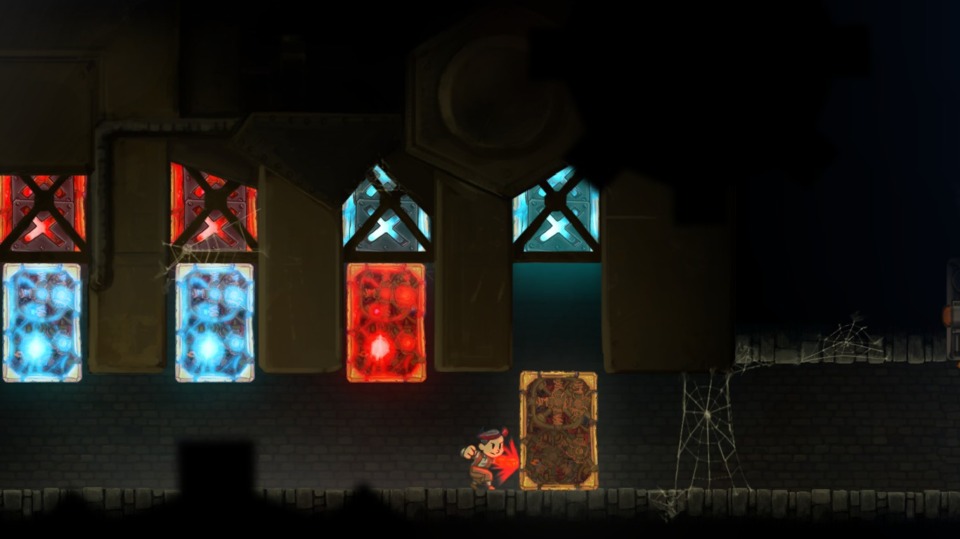
Teslagrad is set in a vaguely European steampunk city with a plot that the player uncovers through exploration - though it's not so much a plot than it is the backstory you need to learn to make sense of your predicament, as a tyke who was chased out of his home by soldiers in red only to discover a way into the crumbling remains of the city's immense central tower. The story it tells is a rudimentary one, necessitated by the fact that the game doesn't have any dialogue beyond a few yells from pursuing guards. Plot exposition is instead delivered via a collectible set of scrolls and occasional automated theaters which dramatically play out the events leading up to the present day with what appear to be wood cut-outs. Still, the story isn't the centerpiece here.
That would be the game's physics puzzles, based both on momentum and magnetism. Like the two opposing red and blue colored factions, there's two magnetically opposed red and blue streams that the player eventually learns to master through discovered equipment. Initially, the player has a glove that can change the polarity of certain boxes, before eventually acquiring a pair of boots that can teleport them through the air horizontally for a few meters and a cape that allows them to magnetize themselves directly, rather than relying on magnetically-charged blocks for traversal. Each of the game's rooms are built around one of these physics puzzles, and the core gameplay essentially boils down to figuring out a way to leave the room via a different exit.
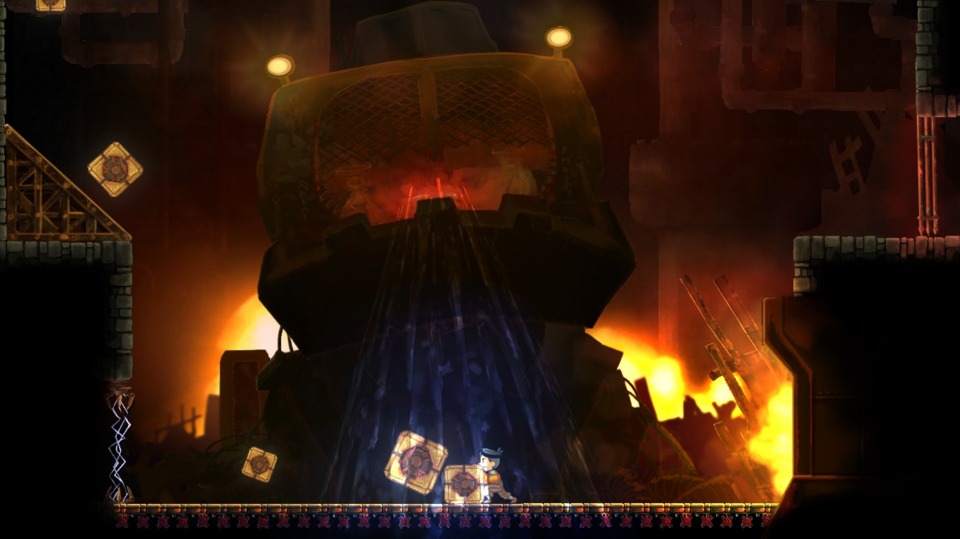
As you keep climbing the game's central tower, you keep unlocking barriers that prohibited progress, creating an elegant way to backtrack for those aforementioned scrolls - each one is a separate achievement, and I have to believe there's some benefit to finding them all (and if not, I'm going to do it anyway because I'm a crazy person).
The animation style is both a little simple (though hardly in the pejorative sense) and kind of interesting. It has a very distinctive European comic style, one that should be familiar to those who read Tintin in their youth: a combination of stark colors (essential for the game's mechanics), lines for eyes and a soft roundedness to the character design, with the exception of the particularly angular antagonist. It's all hand-drawn too and animates quite well; I'd say it was on par with that A Boy and His Blob remake for Wii a few years back, where everything had a pleasing storybook simplicity but the high quality frame-by-frame animation was there if you chose to look carefully enough.
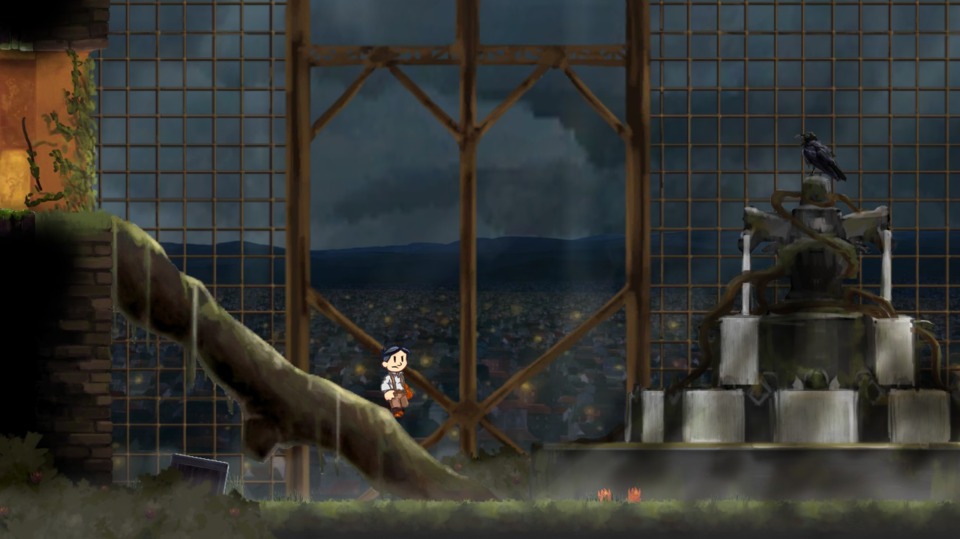
Teslagrad's got the usual gripes when it comes to puzzle-platformers: it's a bit on the short side, naturally, and there's an often frustrating lack of precision with the game's physics engine. Objects get thrown around in all sorts of directions and the strength of the magnets can be unpredictable depending on how close you are to the magnetized item and your speed and direction, so there's a lot of trial and error before you can muddle your way through a few of the game's puzzles. Teslagrad is very generous with checkpoints, thankfully: you'll never have to go further back than the entrance of the room you're in, and many rooms will have multiple respawn points. When I said the game was growing on me at the offset, it's because by playing this game you eventually get a better feel for how the physics work and what you can expect might result from any particular approach. What starts as a series of frustrating and unpredictable cheap deaths gives way to a burgeoning understanding of what you can and can't get away with.
I'm quite happy with Teslagrad, even if it starts slow and looks to finish far too soon. Like Full Bore and Knytt Underground, there's a specific type of 2D puzzle-platformer exploration game without a whole lot of emphasis on combat (though Teslagrad does have some particularly tough boss battles) that tend to fall between the cracks amidst a legion of Indie developers trying something similar. I might never have noticed it sitting quietly in my Steam library if I wasn't reaching for something other than The Witcher 3 to talk about this week, but I'm glad I did.
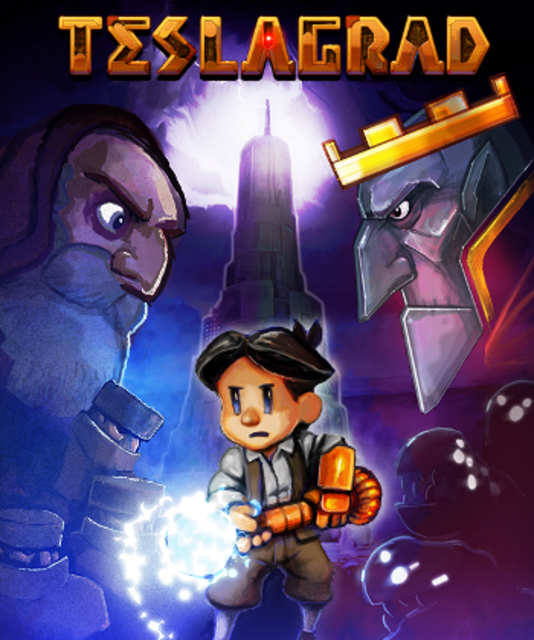
Log in to comment